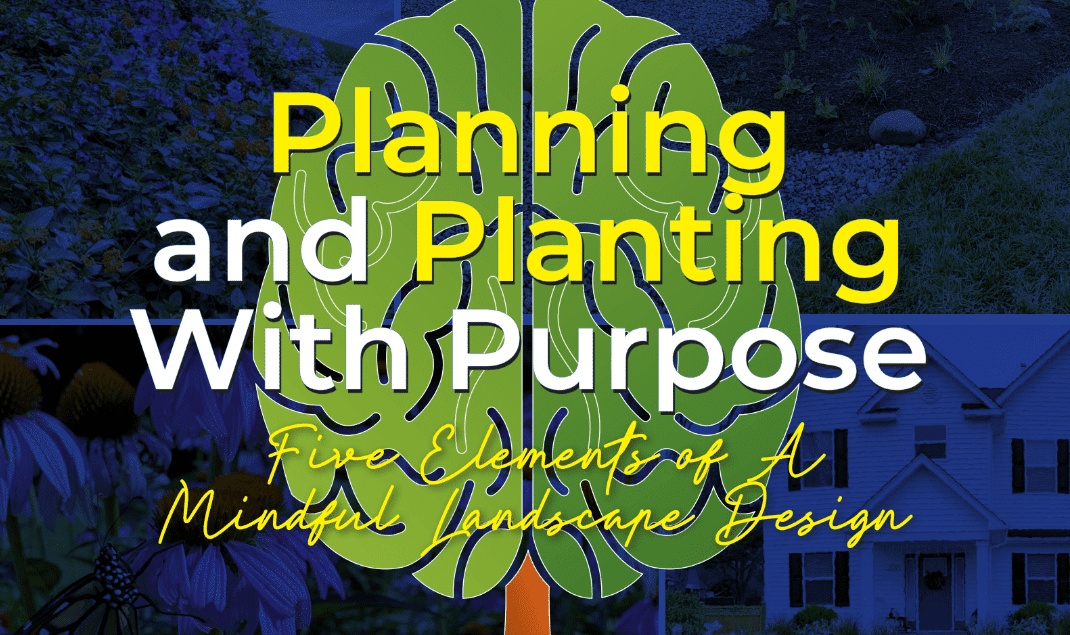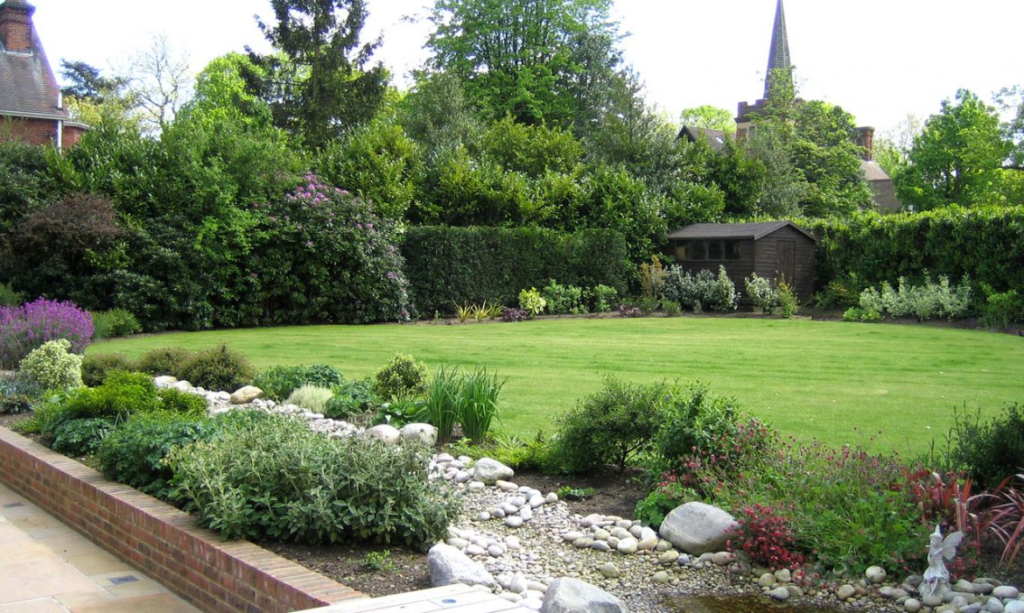Everything about Hilton Head Landscapes
Everything about Hilton Head Landscapes
Blog Article
Not known Factual Statements About Hilton Head Landscapes
Table of ContentsNot known Facts About Hilton Head LandscapesAbout Hilton Head LandscapesIndicators on Hilton Head Landscapes You Need To KnowUnknown Facts About Hilton Head LandscapesHilton Head Landscapes Can Be Fun For EveryoneThe Ultimate Guide To Hilton Head LandscapesFascination About Hilton Head LandscapesThe Single Strategy To Use For Hilton Head Landscapes
Form compatibility is additionally a significant component of unity in designone or more noticeably various types are good for contrast and emphasis, but normally all various other kinds should have some resemblances for a merged look. Texture describes how coarse or fine the surface area of the plant or hardscape product really feels and/or looks.
Examples of plants with rugged texture include philodendrons, agaves, bromeliads, hollies, hands, and hydrangeas. Hardscape with coarse structure includes rough-cut rock, rough-finished block, and incomplete wood with knots and an elevated grain. Aged or old building product that keeps a weather-beaten surface area is often coarse in appearance. Qualities that create great texture consist of tiny vegetation; slim, strappy fallen leaves (lawns) or tall, slim stems; small, dense twigs and tiny branches; long stems (vines); and little, fragile blossoms.
Excitement About Hilton Head Landscapes
A lot of plants are medium appearance, because they can not be defined as having either coarse or fine texture. They are identified by medium-sized fallen leaves with easy shapes and smooth sides. The average-sized branches are not densely spaced neither commonly spaced, and the total form is usually rounded or mounding. Medium-textured plants act as a background to link and unify the coarse- and fine-textured plants.

To make a room feel smaller, put the rugged structures along the external perimeter and the great structures closest to the customer. The information of the rugged appearance makes the plants show up closer and makes the room feel smaller sized. The viewed structure of plants can likewise change with the distance from the plant.
More About Hilton Head Landscapes
Strong colors increase the comparison and make the appearance show up coarser, while low-key shades can squash structure. Hardscape with a coarse texturesuch as extremely rough rocks and strong, big timberstends to make all plant material show up much more medium distinctive. Designers often create a structure study (Number 8) theoretically to assist determine the setup of plant materials.
Shade in plant product and hardscape includes interest and variety to the landscape. Color is the most conspicuous component in the landscape and is typically the emphasis of a lot of home owners; nonetheless, it is additionally the most short-term component, normally lasting just a couple of weeks a year for individual plants.
Our Hilton Head Landscapes Diaries
A basic summary of the color wheel consists of the three main shades of red, blue, and yellow; the 3 secondary colors (a mix of two primaries) of eco-friendly, orange, and violet; and six tertiary colors browse around this site (a mix of one adjacent key and additional color), such as red-orange. Shade concept clarifies the relationship of shades to each other and just how they should be used in a composition.

Similar (often called harmonious) color design are any kind of three to 5 colors that are nearby on the shade wheel, such as red, red-orange, orange, yellow-orange, and yellow, or blue, blue-violet, and violet (bluffton landscaping). The colors belong to every other since they normally include two main colors mixed to create a secondary and two tertiary colors, which suggests they share typical buildings
Complementary colors are frequently found naturally in blossoms; an usual pair is yellow and violet. Color is discovered in the blossoms, foliage, bark, and fruit of plants.
Indicators on Hilton Head Landscapes You Need To Know
Eco-friendly vegetation in all its various shades is the leading color by amount, yet various other colors record attention more easily as a result of their high comparison to the color eco-friendly. Shade is likewise discovered in buildings, rocks, pavers, timber, and furniture. The majority of colors in natural materials, such as stone and timber, are commonly muted and have a tendency to be variations of brownish, tan, and light yellow.
Color is a crucial component for creating rate of interest and range in the landscape. Shades have residential properties that can impact emotions, spatial perception, light high quality, balance, and focus. One home of color is described family member to temperaturecolors show up to be cool or cozy and can affect feelings or feelings. Amazing shades have a tendency to be soothing and ought to be used in areas for relaxation and tranquility.
The Main Principles Of Hilton Head Landscapes
The "temperature level" of shades can likewise influence the assumption of range. Awesome shades have a tendency to decline and are regarded as being further away, making an area really feel larger. Cozy colors tend to development and are perceived as being closer, making a room feel smaller. Shade can also be made use of to capture attention and straight views.
Intense yellow, which has the highest strength, likewise has a high comparison with all various other shades (typically defined as a "pop" of color) and need to be made use of sparingly. A little amount of intense shade has as much aesthetic weight as a huge quantity of a more restrained or weak color.
Comparable (sometimes called unified) color schemes are any type of 3 to five shades that are surrounding on the shade wheel, such as red, red-orange, orange, yellow-orange, and yellow, or blue, blue-violet, and violet. The shades relate to each various other due to the fact that they usually include 2 primaries mixed to form a second and 2 tertiary shades, which means they share typical residential properties.
The 45-Second Trick For Hilton Head Landscapes
Complementary colors are often discovered normally in flowers; an usual pair is yellow and violet. Color is found in the blossoms, vegetation, bark, and fruit of plants.
Eco-friendly foliage in all its various tones is the dominant shade by quantity, yet various other colors catch interest much more conveniently due to their high contrast to the shade green - Landscapers near me - https://businesslistingplus.com/profile/h1tnhdlndscps/. Shade is also located in structures, rocks, pavers, wood, and furniture. A lot of shades in natural products, such as stone and timber, are normally muted and often tend to be variants of brownish, tan, and pale yellow
The Single Strategy To Use For Hilton Head Landscapes
Shades have homes that can influence feelings, spatial perception, light quality, balance, and emphasis. Great shades often tend to be relaxing and need to be used in areas for relaxation and calmness.
The "temperature" of shades can likewise influence the assumption of range. Cool colors tend to decline and are regarded as being further away, making a room feel bigger. Warm colors tend to development and are viewed as being closer, making a space feel smaller. Color can also be used to catch attention and straight views.
For instance, intense yellow, which has the greatest intensity, likewise has a high comparison with all other shades (commonly called a "pop" of color) and should be used sparingly. A percentage of extreme color has as much visual weight as a big amount of a much more controlled or weak color.
Report this page